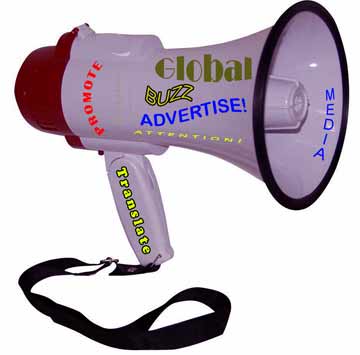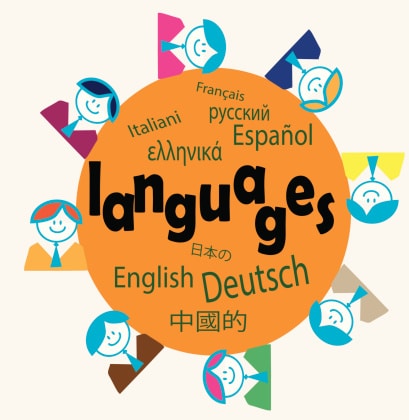
Tips for Translating Marketing Materials and Advertisements
The global marketplace necessitates companies to translate their marketing materials for foreign consumers. This isn’t simply a matter of cost or linguistic translation; it’s a strategic endeavor to reach the target audience. The strategy used to reach these audiences is more important than the cost of translation. It involves understanding their demographics, preferences, cultural nuances, and the medium most effective for communication.
Understanding the Target Audience
Before initiating the translation process, it’s vital to determine the demographics, preferences, and cultural nuances of the target audience. For instance, a company marketing beauty products would need to understand beauty standards, common practices, and societal norms in their target market. This understanding informs how the product is presented, the language used, and the imagery accompanying the product.
Localization goes beyond just translating content; it’s about adapting the content to the cultural, societal, and linguistic nuances of the target market. This could involve changing imagery, modifying color schemes, or adjusting the tone of language used. Additionally, international SEO plays a significant role in reaching new markets by optimizing content for foreign search engines and increasing visibility across borders.

Choosing the Right Marketing Translation Services Provider
A translation services provider with experience in marketing translations understands the intricacies of adapting marketing content for new audiences. A provider experienced in translating for a fast-food chain, for instance, would know how to adjust the restaurant’s menu to account for regional tastes and dietary preferences. They would also understand how to express the brand’s casual, fun tone in different languages.
This expertise in localization and transcreation ensures that the provider can adjust your content not only linguistically but also culturally and contextually. Working with an experienced translation company can provide access to native translators from the target market, ensuring a perfect translation. Native translators have an innate understanding of the local language and culture, providing insights that non-native translators may miss.
Language and Communication For Marketing Translations
Translators should carefully choose their words to preserve the intent, style, tone, and context of the original message. For example, an advertisement using informal, conversational language would need to be translated into a similarly informal style in the target language, not a formal or academic style. Respect for the cultural identity of consumers is paramount; cultural differences can present challenges for translators, necessitating an understanding of cultural subtleties.
Humor, idioms, and puns should be carefully considered during translation, as they may not translate directly or could be misunderstood in different cultures. For instance, an English pun based on homophones may make no sense in a language where those words have no phonetic similarity. In such cases, it may be necessary to come up with new, culturally appropriate humor that fits the brand’s voice and style.
Adapting Advertisements for Different Mediums
Advertisements may need to be amended or tweaked to fit different mediums such as print, digital, or social media platforms. For instance, a print advertisement with a lot of text may need to be simplified for a digital banner ad, or a video ad may need to be shortened for social media. This also involves considering how the design elements including images, colors, and layout can carry cultural connotations and should be adapted accordingly.
Translation services can impact the design and layout of marketing materials, necessitating the involvement of designers in the translation process. For instance, languages that read right-to-left may require a complete reorganization of a page layout. Designers should work closely with translators to ensure that the integrity of the design is preserved, and the translated text fits well within the design.
Ensuring Appropriate and Accurate Marketing Translations
Accuracy and appropriateness of translations for the target audience are vital to avoid miscommunication or offense. For example, a direct translation of a colloquial phrase may be confusing or nonsensical to the target audience. Moreover, certain imagery, colors, or symbols might be offensive in some cultures, even if they are benign or positive in the source culture. Translators should ensure that the translations are appropriate and accurate for the target audience.
Hiring a native translator from the target market can ensure a perfect translation, as they have an innate understanding of local language and culture. They can catch nuances that might be missed by non-native speakers. Moreover, slogans should be concise, culturally appropriate, and maintain the original brand message when translated. A local translator can ensure that a slogan carries the same impact and meaning in the target language as it does in the source language.
Conclusion
Translating marketing materials for the target audience is a strategic endeavor that goes beyond simple linguistic translation. It involves understanding the target audience, choosing the right translation services provider, careful language and communication choices, adapting advertisements for different mediums, and ensuring appropriate and accurate translations. When executed effectively, these strategies can help businesses successfully reach and communicate with foreign consumers, ultimately leading to increased global market share and business growth.
